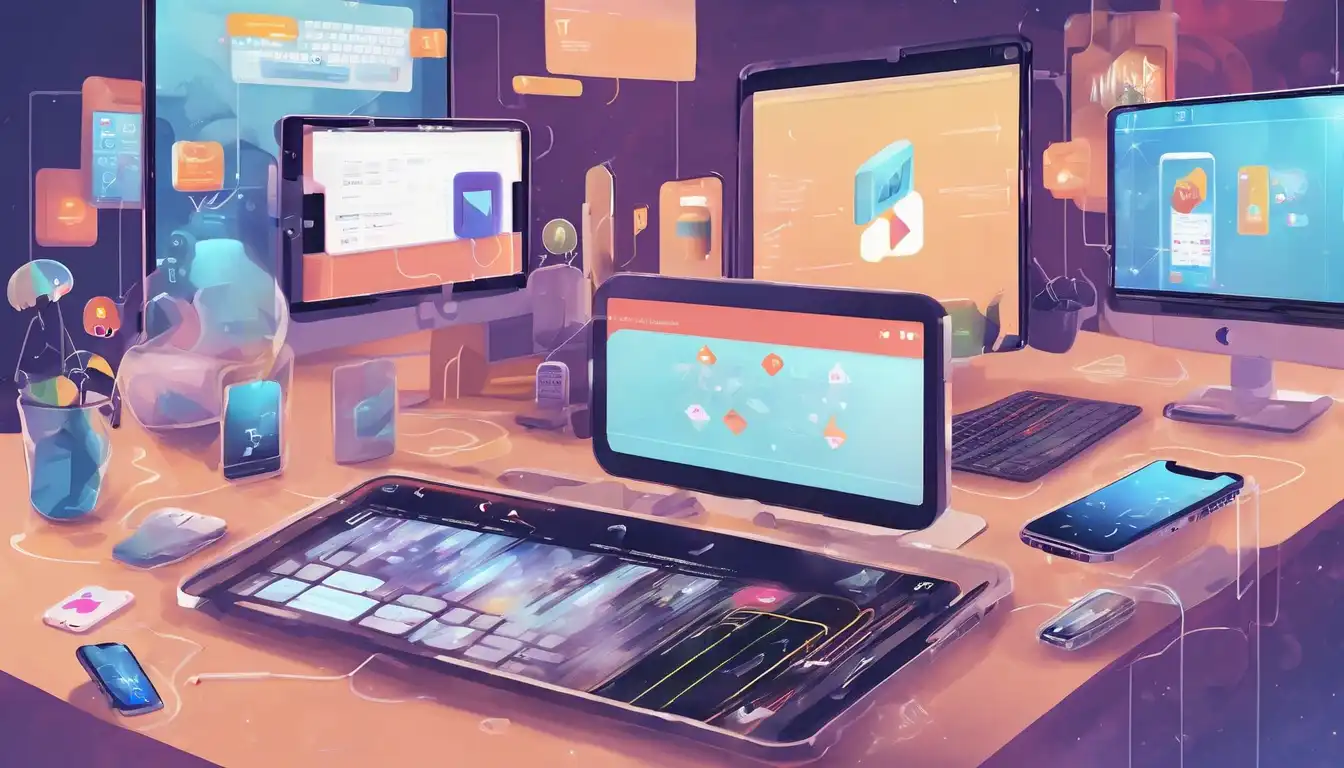Introduction to Flutter in Mobile Development
Flutter, Google's open-source UI software development kit, has revolutionized the way developers create mobile applications. With its ability to craft natively compiled applications for mobile, web, and desktop from a single codebase, Flutter is setting new standards in the development community. This article delves into the future of mobile development with Flutter, exploring its benefits, challenges, and why it's becoming the go-to choice for developers worldwide.
Why Flutter is Gaining Popularity
Flutter's popularity stems from its unique features and advantages. Firstly, its hot reload functionality allows developers to see changes in real-time, significantly speeding up the development process. Secondly, Flutter's use of Dart programming language, which is optimized for UI, ensures smooth performance across all platforms. Moreover, Flutter's rich set of customizable widgets enables the creation of visually appealing applications that stand out.
The Benefits of Using Flutter for Mobile Development
Flutter offers numerous benefits that make it an attractive option for mobile development. These include:
- Single codebase for multiple platforms, reducing development time and costs.
- High performance, with applications running at 60fps, ensuring a smooth user experience.
- Strong community support and a growing ecosystem of packages and plugins.
- Flexibility in UI design, allowing for the creation of complex and custom designs with ease.
Challenges and Considerations
Despite its many advantages, Flutter is not without its challenges. The learning curve for Dart, especially for developers accustomed to other programming languages, can be steep. Additionally, while Flutter's ecosystem is growing, it still lacks some of the mature libraries and tools available for more established frameworks. However, the continuous updates and support from Google are rapidly addressing these gaps.
The Future of Mobile Development with Flutter
The future of mobile development with Flutter looks promising. With Google's backing and an ever-growing community, Flutter is poised to become the leading framework for cross-platform development. Innovations such as Flutter for web and desktop further expand its applicability, making it a versatile tool for developers. As more companies adopt Flutter for their projects, its ecosystem will continue to mature, offering even more resources and tools for developers.
Conclusion
Flutter is transforming the landscape of mobile development with its efficient, flexible, and powerful framework. Its ability to deliver high-quality, cross-platform applications from a single codebase is unmatched. While there are challenges to overcome, the benefits far outweigh them, making Flutter a smart choice for developers looking to future-proof their skills and projects. As the technology evolves, Flutter is set to play a pivotal role in the future of mobile development.
